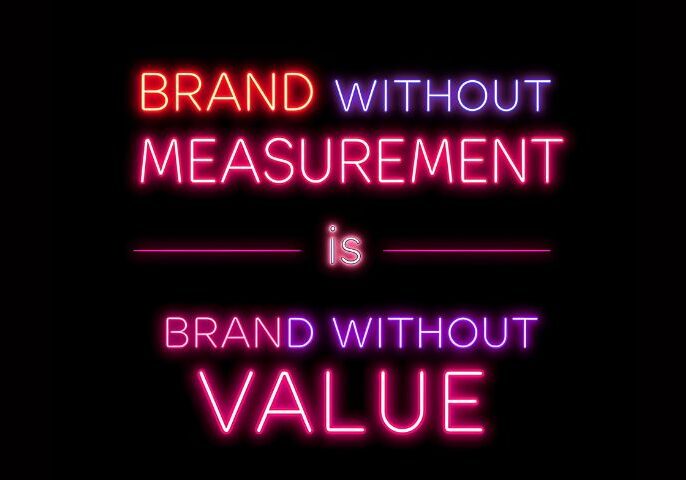We think we can all say that at some point, we’ve bought an experience or product online only to be a bit disappointed when it arrived. The meal in a fancy restaurant that didn’t live up to expectations or the product that looked amazing, but when it arrived, didn’t work properly. As the saying goes, “once bitten, twice shy”; that sting of disappointment can be quite damaging and is unlikely to make you buy again. The usual reason for the disappointment is that the businesses and suppliers have got their marketing mix wrong.
In marketing, it’s vital that every business ensures that it is marketing its products and services to the right people. We like to refer to it as the ‘7Ps’: product, price, promotion, place, people, processes, and physical evidence. Basically, creating an effective marketing mix means focusing on all aspects of your business.
Product
Your product or service undoubtedly has a Unique Selling Point, and you should identify it for each offering. This is so you can identify, anticipate, and satisfy the needs of your customers and clients.
One of the ways of doing this is to create a system for collecting and analysing feedback, providing an opportunity for your customers to share any new product development ideas that they may have.
At the same time, you should also analyse the profitability of each product and identify which products make the biggest contribution to your turnover. You may discover that some of your offerings will be at different stages in the product lifecycle. Some may be new and growing, while others may be mature or heading towards decline.
Place
Do you sell your products directly to consumers or through businesses? You might find that you sell through shops and retailers. The outcomes of these answers will decide the way you price and market your products. Will you need to employ a separate sales force? Do you have to consider how much markup retailers will add to the product? Will you need to supply them with additional marketing material?
Price
The next thing to consider is how much people are prepared to pay for your product. Think of it as your business’ version of Channel 4’s Four in a Bed. If you haven’t seen the show, hoteliers visit each other’s hotels and then pay what they feel their stay deserves. Without fail, there is always someone who feels aggrieved by an underpayment.
Does the price of your product or service reflect its quality and connect to your target market? Also, what does it cost you to produce and sell it? What do your competitors charge?
This kind of market research will enable you to consider exactly where you plan to place your business. Think back to the fancy restaurant that didn’t meet expectations; if the price or positioning of the business had been different, would you be less disappointed?
Promotion
How do you tell people about the amazing things that your company does? Hopefully, you will use a variety of different marketing techniques, including advertising, sales promotions, public relations, direct marketing, and personal selling.
Choosing the right platforms and promotion methods enables your business to connect with its target audience. So, if you sell B2B, you might want to focus on LinkedIn advertising, industry magazines, and direct marketing, while if you sell a product directly to customers, your focus will be different.
Choosing where you promote your company will also impact the overall view of it. For example, you probably wouldn’t find a Michelin-starred restaurant putting leaflets through doors, but you would expect a takeaway.
People
Happy staff make happy customers, whether it’s the public-facing side of your team or the people who make your product, if they’re happy the odds are your service will be better.
Customers are always more likely to pay more for good service, so you need to make sure that your team provide outstanding pre and post-sales support.
Process Providing an excellent customer experience also involves dealing with complaints well. Being responsive and having a team who keep their promises is as important as creating and selling a good product. Also, consider how you get your product to your customers. If it’s a physical product, does the packaging meet their expectations? Can it be delivered quickly to their door? Do you meet your deadlines?
Physical Evidence
Finally, you need to think about the image that your business portrays and whether it is consistent with your product or service. If we go back to a meal in a fancy restaurant, consider how smartly the staff are dressed and how they speak and present your food. These little touches are the things that add extra value. If you sell a service, consider how you interact with your clients, if you have any typos on your website or in your communications with them (attention to detail is everything) and whether your tone connects with the people you are selling to.
It’s time to take a more integrated approach.
As specialists in integrated marketing, we look at all aspects of your business to ensure that everything works perfectly. That’s because we believe that marketing is more than just paying for adverts or creating a sales campaign. Marketing is something that weaves through your business, taking in every aspect of it, from how your staff speak to your customers to how your customers find you. If you’d like to chat more about whether your business is hitting the 7Ps and how to create the perfect marketing mix, get in touch.






